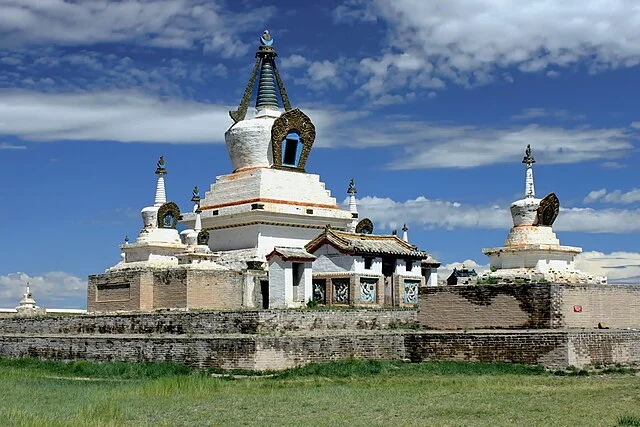Erdene Zuu Monastery, built in 1585 AD, is among Mongolia’s oldest surviving Buddhist monasteries. Located near the ancient city of Karakorum, it was constructed under the direction of Abtai Sain Khan, a Mongol ruler who converted to Buddhism. The establishment of this monastery marked a significant shift in Mongolian culture, integrating Tibetan Buddhism into the region.
Get your dose of History via Email
The monastery was constructed using stones from the ruins of Karakorum, the former capital of the Mongol Empire. Its founding represented both a spiritual and cultural shift for Mongolia, reflecting the deepening ties between Mongolian leaders and Tibetan Buddhism.
Architectural Features
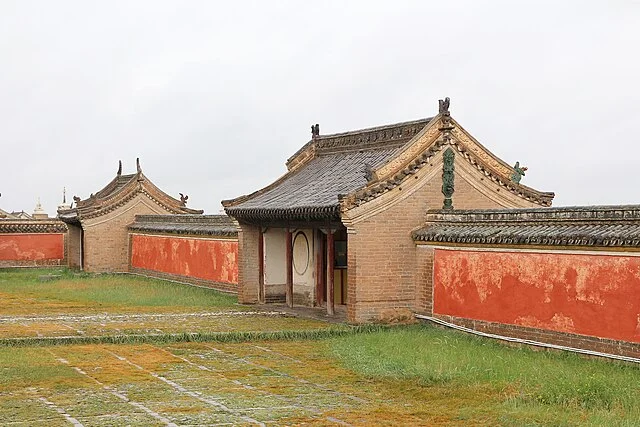
The architectural style of Erdene Zuu blends Mongolian, Tibetan, and Chinese elements. The structure is surrounded by a wall punctuated by 108 white stupas, symbolizing purity and the enlightenment path in Buddhism. Within the compound, many buildings showcase traditional Tibetan and Chinese styles, featuring ornate wood carvings, symbolic murals, and pagoda-style roofs.
One unique feature of the monastery is its triple gate, designed to represent the three aspects of Buddha: the body, speech, and mind. This gate, along with the stupas and main temples, embodies the spiritual teachings of Tibetan Buddhism.
Religious and Cultural Importance
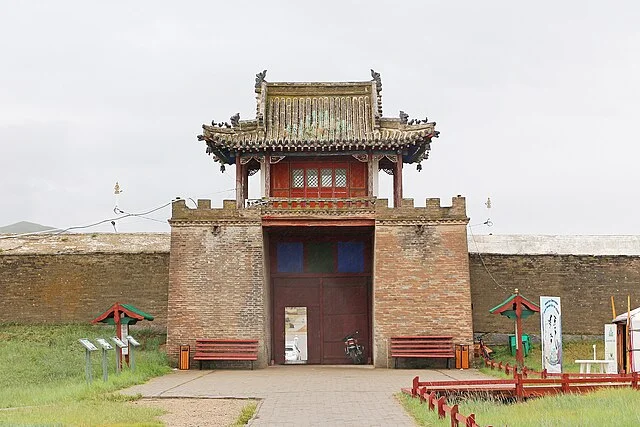
During its peak, Erdene Zuu Monastery housed over 1,000 monks. It became a vital center for Mongolian Buddhism, attracting scholars, artists, and pilgrims. Monks studied Tibetan scriptures, philosophy, and various rituals within its walls. The monastery also housed valuable religious artifacts, including rare texts, statues, and intricate mandalas.
Erdene Zuu holds particular importance due to its ties with Tibetan Buddhism and Mongolian history. It symbolized the transformation of Mongolia from a primarily shamanistic culture to one influenced by Buddhist principles. This transformation helped define Mongolia’s religious landscape for centuries.
Periods of Decline and Restoration
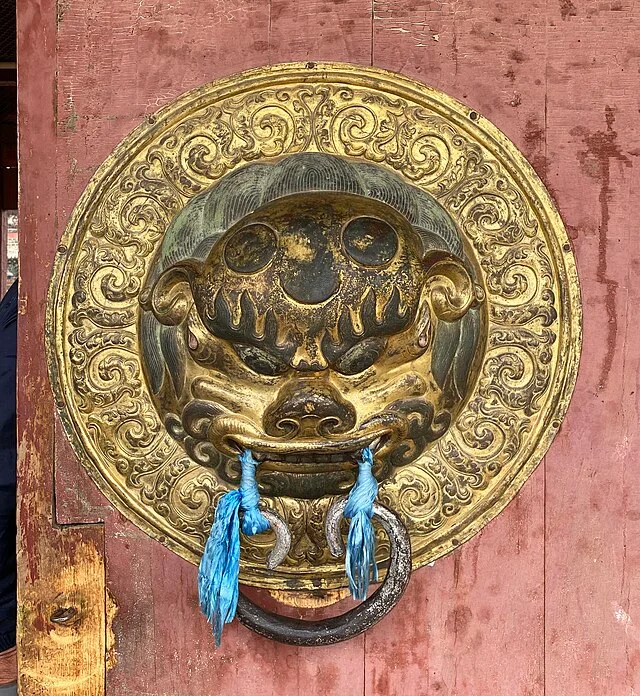
The monastery faced significant challenges during the 20th century. In the 1930s, Communist-led purges targeted religious institutions across Mongolia. Erdene Zuu suffered severe destruction, with many temples and religious artifacts destroyed or looted. Only a few temples survived, and the monastery was closed, halting its role as a religious center.
In 1944, Erdene Zuu was preserved as a museum under the Communist government. This decision saved it from further decay, though it functioned only as a historical site rather than an active religious center. However, after the collapse of the Soviet Union, Mongolia restored religious freedom. In 1990, Erdene Zuu reopened as a functioning monastery, allowing monks and pilgrims to practice Buddhism there once again.
Erdene Zuu Today
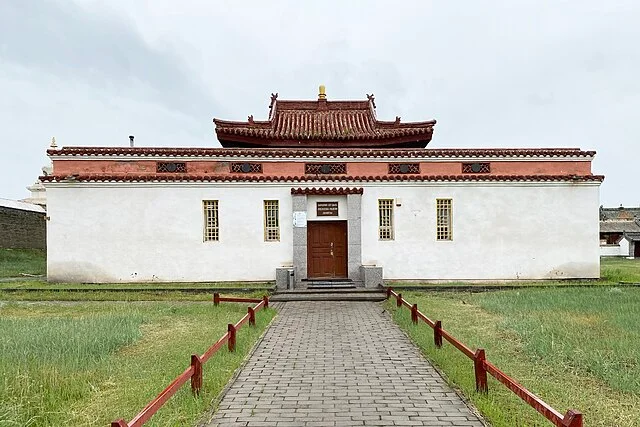
Today, Erdene Zuu Monastery is both a historical site and an active religious center. It attracts visitors from around the world who come to observe its architecture, art, and religious practices. The Mongolian government and international organizations have made efforts to preserve and restore its buildings, ensuring the survival of this culturally significant site.
Conclusion
Erdene Zuu Monastery stands as a testament to Mongolia’s complex cultural and religious history. From its foundation in 1585 AD to its survival through Communist repression, the monastery reflects Mongolia’s enduring connection to Tibetan Buddhism and the resilience of its spiritual traditions.
Source:

